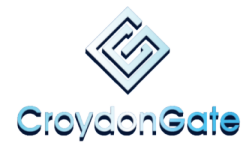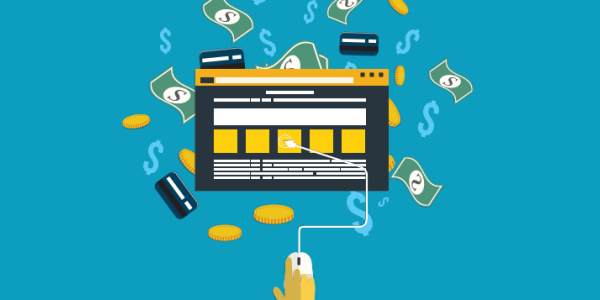Many business owners have a website dedicated to promoting their product or service, and allowing customers to purchase their product or service from a venue outside of physical points of sale. What many business owners fail to understand, however, is that their website can both attract leads and convert customers in their absence. Here is a six step process which can help you convert page views into profit.
Content
One of the most important things to focus on with respect to lead generation is the type of content that you display on your page. Identify your best content using tools like Hubspot and check the number of page views that your website earns against the content which you have displayed historically. Is your content unique and engaging? Is it compatible with numerous servers, including mobile?
Landing Page
Once you have an idea of the content that your audience likes the best, you can begin to focus on your landing page, where you will post your Call to Action. Ensure that your landing page correlates to what is promised in its parent link. If your landing page fails to meet these basic criteria, you will have little hope of moving visiting patrons through the conversion funnel.
Express Gratitude
Customers expect to be thanked on the next page. This will make them feel appreciated, as a simple ‘thank you’ acknowledges your appreciation for their participation in the sales process. Personalize the thank you. Certain tools allow you to thank the individual using the first and last name collected from the form on the previous page. If your visitors feel appreciated, they are more apt to receive your content personally rather than as if they were just another number.
Create Your Call-to-Action
The CTA code can be easily embedded into the code for your landing page. Ensure that your call to action correlates to where consumers are in the conversion funnel. Many business owners have multiple CTA’s throughout their conversion funnel. You do not want to bombard a potential lead with an expedited sales pitch, where they are asked to enter their credit card information in exchange for your product or service without having been given any information about it. Ensure that the visitor is made aware of your requirements of them as a consumer, keeping the CTA based on this precept rather than what they will receive as a result of doing what is being asked of them.
Workflows
Workflows are email campaigns directed at visitors in various stages of the conversion funnel. They operate based on triggers. One workflow, for example, might be triggered once an individual has finished entering their personal information into the form on your landing page in exchange for more information. Another may be triggered when a customer visits your main page three times or more. Your email server will automatically send your visitors emails designed to move them from one stage of the conversion funnel to the next based on their current location therein, based upon said triggers.
Place Your CTA Above the Fold
The last step is to embed your CTA into the code on your landing page. This is relatively easy to do using tools like Hubspot. It is critical that you place your CTA above the fold. This is to say that visitors should be able to see the entire CTA without needing to scroll down, as scrolling down will effectively break the continuity of influence that the CTA is designed to deliver. Keeping this in mind will also ensure that customers need enter only the necessary information, which keeps the form short.
This simple six-step process has worked for many business owners and will continue to do so, though the efficacy that it will hold with you depends entirely on how much effort you put into each step. Continue to benchmark your campaign at various intervals to narrow down which steps need work, and adjust them accordingly.







